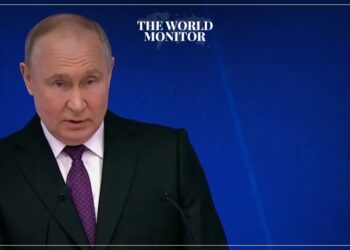A report released by the United Nations on Wednesday highlighted a significant deterioration in the quality of freshwater in recent times. The report emphasized that freshwater is an increasingly scarce and essential resource, but the extent of its degradation is difficult to ascertain due to a lack of data in countries where 3.7 billion people live.
According to Radio France Internationale, the UN report noted that “the poorest half of the world contributes less than 3% of global data on water quality,” adding that data from these countries account for only 4,500 measurements of lake water quality out of 250,000 measurements worldwide.
Due to this data scarcity, it is expected that by 2030, more than half of the global population will live in countries lacking sufficient data to guide management decisions related to combating droughts, floods, and the impacts of agricultural wastewater.
The analysis of the evolution of freshwater ecosystems and biodiversity underscores this need for data. Between 2015 and 2019, at least one type of freshwater ecosystem was in a state of deterioration in 61% of countries, including rivers, lakes, and groundwater layers. This percentage dropped to 31% between 2017 and 2021, according to the report, which the authors describe as a “positive trend,” reminding readers of the establishment of the United Nations Sustainable Development Goals in 2015.
However, when considering “newly available data on water quality during the latest monitoring periods,” the percentage of countries with deteriorating ecosystems rises to 50%, according to the UN report.
The report also highlighted a decline in river and surface water flow, an increase in pollution rates, and poor water management in half of these countries, particularly in Africa, Central Asia, and Southeast Asia.
To improve knowledge about the state of ecosystems, the report’s authors recommended developing long-term government-funded monitoring programs, involving local populations in data collection to complement these programs, and utilizing satellite monitoring data “to help bridge the data gap.”






